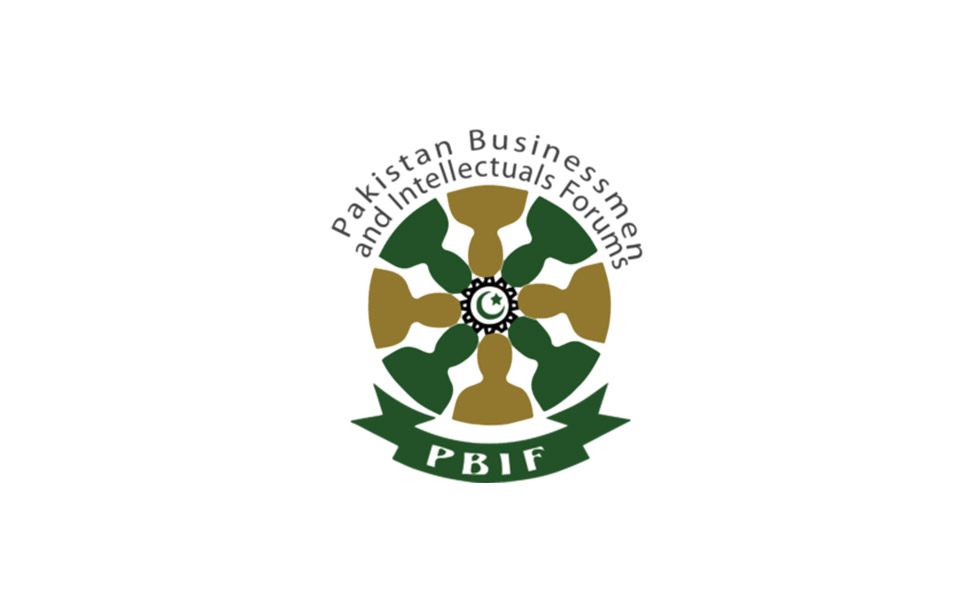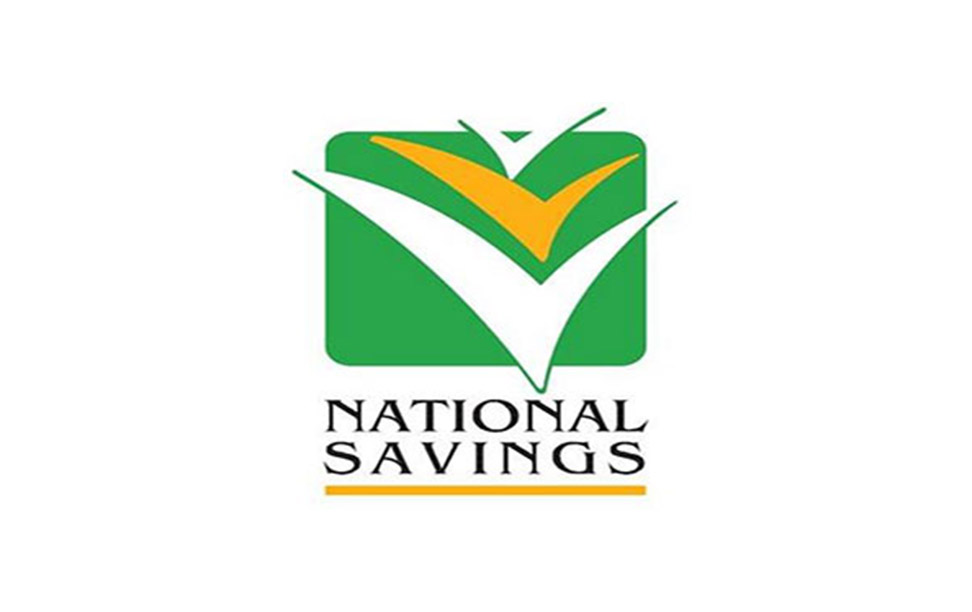Information asymmetries continue to lower credit penetration: SBP

By MG News | July 21, 2021 at 02:01 AM GMT+05:00
July 20, 2021 (MLN): In the era of easily accessible knowledge, the marginalized segment of Pakistani society still hesitates to reap the benefits of credit market due to the presence of information asymmetries.
The third Quarterly Report on “The State of Pakistan’s Economy” for the FY21 by the State Bank of Pakistan (SBP) highlighted this issue of Information asymmetries in credit markets which prevent efficient allocation of finance and restrict overall credit penetration in an economy.
The report underlined that information asymmetries are disadvantageous for low-income individuals and micro, small and medium enterprises who lack adequate collateral and sufficient credit history. In Pakistan, too, inadequate attention to such impediments in the past has been among the major factors that led to low credit penetration, even as evidence from both advanced and emerging economies reveals a noticeable increase in credit offtake due to effective functioning of private credit bureaus.
In recognition of these problems, the government and the SBP have taken steps to facilitate the development of credit reporting system. These include the introduction of the Credit Bureaus Act 2015 along with its necessary regulations, and the issuance of official licenses to two private credit bureaus. However, the country's credit reporting system continues to face multiple legal, operational and policy level challenges that are preventing credit bureaus from adequately addressing the challenge of information asymmetries.
“Formal credit to the private sector in Pakistan has declined both in absolute and relative terms over the past few decades, and is currently one of the lowest among emerging market and developing economies (EMDEs). This is despite multiple reforms aimed at deregulation and liberalization of the financial sector since the 1990s, in a bid to reverse the impact of nationalization of banks in the 1970s,” the special report said.
Various factors have contributed to low level of formal credit in Pakistan, as highlighted in the SBP's FY20 Annual Report on the State of Pakistan's Economy.
The reforms aimed to increase access to finance by implementing measures to improve governance, supervision, and risk management of the financial institutions. However, while banking profitability improved as a result of these reforms, the presence of market failures in the form of information asymmetries made commercial banks generally averse to lending to underserved segments such as housing, agriculture, and small and medium enterprises (SMEs).

This behavior was further fueled by the presence of a dominant borrower in the form of the government sector, whose debt requirements increased significantly. Meanwhile, challenges such as high informality in the economy, faith-based considerations, and low financial and digital literacy continued to keep the demand of formal credit low in the country.

While tackling all these issues is of paramount importance, the scope of this special section is confined to the challenges of information asymmetries prevailing in Pakistan's credit markets, both on the adverse selection and moral hazard fronts, and how these may be addressed to help expand access to credit in the country.
With regard to evolution and functions of Credit Bureaus, the report noted that access to formal lending remains elusive for a large share of the population in developing countries. In these economies, formal lending institutions place greater emphasis on serving the well-off and already well-served segments of the society, and shy away from lending to low-income individuals and SMEs.
Even when such segments are extended loans, financial institutions charge higher rates to price in their risk, which negatively impacts demand for formal borrowing. This, in turn, hampers credit offtake, and ultimately proves detrimental to economic growth and development.
From the supply side, banks/non-bank financial institutions find it difficult to serve the marginalized segments of society given borrowers' inability to meet the collateral requirement and provide a sufficient set of information that may help lenders get a better sense of repayment capacity of borrowers.
In the agriculture sector too, given limited past banking history and cumbersome procedures with regards to loan appraisals, banks have a limited incentive to increase their lending portfolio.
Recently in the case of Pakistan, the State Bank of Pakistan carried out a financing project in which collateral-based lending to farmers was replaced with trader-agent-intermediated-lending (TRAIL) - with a third-party guarantor in the form of a sugar mill, facilitating bank-lending to small and medium size farmers against the supply of sugarcane.
These information asymmetries lead to the problem of adverse selection when lenders find it difficult to differentiate among good and bad borrowers.
The other side of this phenomenon is that of moral hazard. From the demand side, this may arise if borrowers, for example, rely on weak penalty for non-payment and take on higher risks after obtaining the loan, or default despite having the financial means to repay. From the supply side, if a borrower has a good credit history with one commercial bank, then in the absence of information symmetry, other commercial banks would not be able to offer her attractive rates based on her good history.
As a result, the borrower's existing bank may keep on charging higher rates despite her good record, in turn exploiting the information asymmetry to extract "information rents".
The solution to asymmetric information lies in monitoring and evaluation of borrowers' past behavior with a reasonable assumption that future behavior can be predicted on past behavior. However, conducting this exercise for individuals, MSMEs (micro, small and medium enterprises), and big businesses across an economy entails significant resources, which every lender may not have or may not find it feasible to make such investments, especially in case of small and micro loans.
Overall, therefore, the challenges associated with information asymmetries call for a credit reporting system where information aggregators, such as public credit registries and private sector credit bureaus gather and maintain industry-wide set of financial and non-financial credit information. A well-covered credit reporting system helps improve the efficiency of the credit market by lowering the intermediation cost, increasing the outreach of financial products to a higher number of individuals and MSME borrowers, and enhancing the confidence of lenders.
Key stakeholders
The credit reporting system comprises of the following key players: 1) credit reporting service providers (CRSPs) who gather information about borrowers' credit history and share it with data users; 2) data subjects, which are firms and individual borrowers; data providers and users, which include banks/non-bank financial institutions (NBFIs), utility companies, retailers etc.
The CRSPs are of two main types i.e, credit registries and credit bureaus. Credit registries in most countries are governed by the public sector with their role mainly confined to assist the government/central banks in supervising the financial sector to ensure financial soundness. However, in some countries, such as China, credit registries perform the function of credit bureaus as well.
Credit bureaus are privately operated businesses that gather credit related financial and non-financial data from various data providers and cater to the information requirements of lenders or users. Typically, they also provide various value-added services, whereas credit registries only offer plain vanilla products.
The credit registries and bureaus perform similar functions, i.e., gather borrowers' information and disseminate it to relevant stakeholders. However, the difference is in their primary objectives. Credit registries back the mandate of monitoring banking-wide risk; their coverage is limited to loans above a minimum threshold level and usually excludes small loans. These registries collect information from supervised institutions including banks/NBFIs, but do not pursue other non-financial institutions such as utility companies, retailers, and telecommunication companies.
Credit bureaus, on the other hand, are specialized in collecting information from financial institutes (banks and NBFIs, MFIs, and other formal lending institutes) and non-financial sources (retail outlets, utility and telecom companies, court decisions and property records etc.).
With respect to the structure of the credit information market in Pakistan, the report underlined that the State Bank of Pakistan established the Credit Information Bureau (CIB) in 1992 with the objective of utilizing the information for prudent lending and better risk management, in turn improving overall financial stability in the country.

The registry's services were brought online in April-2003 in collaboration with the Pakistan Banks Association (PBA). In December-2004, the eCIB communicated to the financial institutions the intention to remove the Rs 500,000 reporting limit, and in this regard the shift to a new reporting system was made in April-2006.
In November-2010, the eCIB also started collecting information on financial institutions' selected investment portfolio in order to increase the overall coverage. Another major decision taken by the eCIB in 2006 was to stop publishing certain group- level firm information.
Meanwhile, in late 90s, a few private sector credit bureaus also began operations in Pakistan in the absence of a formal licensing regime. These included DataCheck, ICIL and Credit Chex. Recognizing the need for regulation, the National Assembly passed the Credit Bureaus Act in 2015 "to provide for the incorporation and functioning of credit bureaus."
Following the passing of the Act, the SBP was authorized to grant licenses to and supervise the affairs of the credit bureaus in the private sector. Accordingly, Tasdeeq was granted a license in November-2018, followed by Data Check in January-2019; these are the only two licensed bureaus in the country at present.
The services currently provided by these two credit bureaus include credit reports, portfolio scrubbing, daily alerts, microfinance credit report, recovery agency, and benchmark comparisons.
Both the bureaus have been working on credit scoring services as well, with the usage currently confined to consumer and microfinance banks. eCIB, meanwhile, being a supervisory authority, only issues creditworthiness report and does not offer any other value-added services to the members.
At present, eCIB has data on 14.9 million individuals and around 150,000 firms on an overall basis. This equals around 12 percent of adult population. Private bureaus, on the other hand, collectively have information on 8.6 million individuals, or 6.7 percent of the overall adult population in the country.
While credit bureau coverage in Pakistan has grown between 2013 and 2019, the coverage is still only marginally better than the minimum threshold of 5 percent as defined by the World Bank. This is, in part, because five years after the passing of Credit Bureaus Act 2015, credit bureaus, information furnishers and users of credit bureaus' services, i.e., lenders, have been facing various regulatory, legal and administrative problems that are common at the initial stage of development of a credit bureau market. An early recognition of, and solution to these challenges will help the industry realize the potential benefits of an efficient credit bureau.
Since their inception, the credit bureau industry in Pakistan has seen a host of operational issues, which present a challenge to smooth management of the business, and adds to credit risks of lenders. These operational issues - such as delays in information sharing by credit institutions, and limited historical data, based on which bureaus develop credit scores - are found to be common at initial stage of development of credit bureaus market in several developing economies.
To address the aforementioned challenges, the report noted the set of recommendations that could help Pakistan towards achieving the potential returns on its credit reporting system.
Presently both credit bureaus only have partial coverage of the overall financial sector loan portfolio since several banks are yet not members of both credit bureaus. This requires nudging the remaining commercial banks to become members of all credit bureaus; credit institutions could then choose the bureau(s) of their liking to purchase various value-added services. This would mean that there would be no competition between the bureaus on data accumulation, instead leading to greater competition on value-added services that hold the potential of minimizing information asymmetries in the credit market.
Meanwhile, legal and national level policy reforms to increase availability and use of alternative data would also help unbanked individuals/SMEs to build credit history and increase their access to finance. Moreover, addition of credit reporting system in focus areas of National Financial Inclusion Strategy and digital solutions can also prove to be a crucial enabler in this regard.
Copyright Mettis Link News
Related News
| Name | Price/Vol | %Chg/NChg |
|---|---|---|
| KSE100 | 131,949.07 198.95M |
0.97% 1262.41 |
| ALLSHR | 82,069.26 730.83M |
0.94% 764.01 |
| KSE30 | 40,387.76 80.88M |
1.11% 442.31 |
| KMI30 | 191,376.82 77.76M |
0.36% 678.77 |
| KMIALLSHR | 55,193.97 350.11M |
0.22% 119.82 |
| BKTi | 35,828.25 28.42M |
3.64% 1259.85 |
| OGTi | 28,446.34 6.84M |
-1.02% -293.01 |
| Symbol | Bid/Ask | High/Low |
|---|
| Name | Last | High/Low | Chg/%Chg |
|---|---|---|---|
| BITCOIN FUTURES | 108,125.00 | 110,525.00 107,865.00 |
-2290.00 -2.07% |
| BRENT CRUDE | 68.51 | 68.89 67.75 |
-0.29 -0.42% |
| RICHARDS BAY COAL MONTHLY | 97.50 | 0.00 0.00 |
0.75 0.78% |
| ROTTERDAM COAL MONTHLY | 106.00 | 106.00 105.85 |
-2.20 -2.03% |
| USD RBD PALM OLEIN | 998.50 | 998.50 998.50 |
0.00 0.00% |
| CRUDE OIL - WTI | 66.50 | 67.18 66.04 |
-0.50 -0.75% |
| SUGAR #11 WORLD | 16.37 | 16.40 15.44 |
0.79 5.07% |
Chart of the Day
Latest News
Top 5 things to watch in this week
Pakistan Stock Movers
| Name | Last | Chg/%Chg |
|---|
| Name | Last | Chg/%Chg |
|---|




 Central Government Debt
Central Government Debt
 CPI
CPI